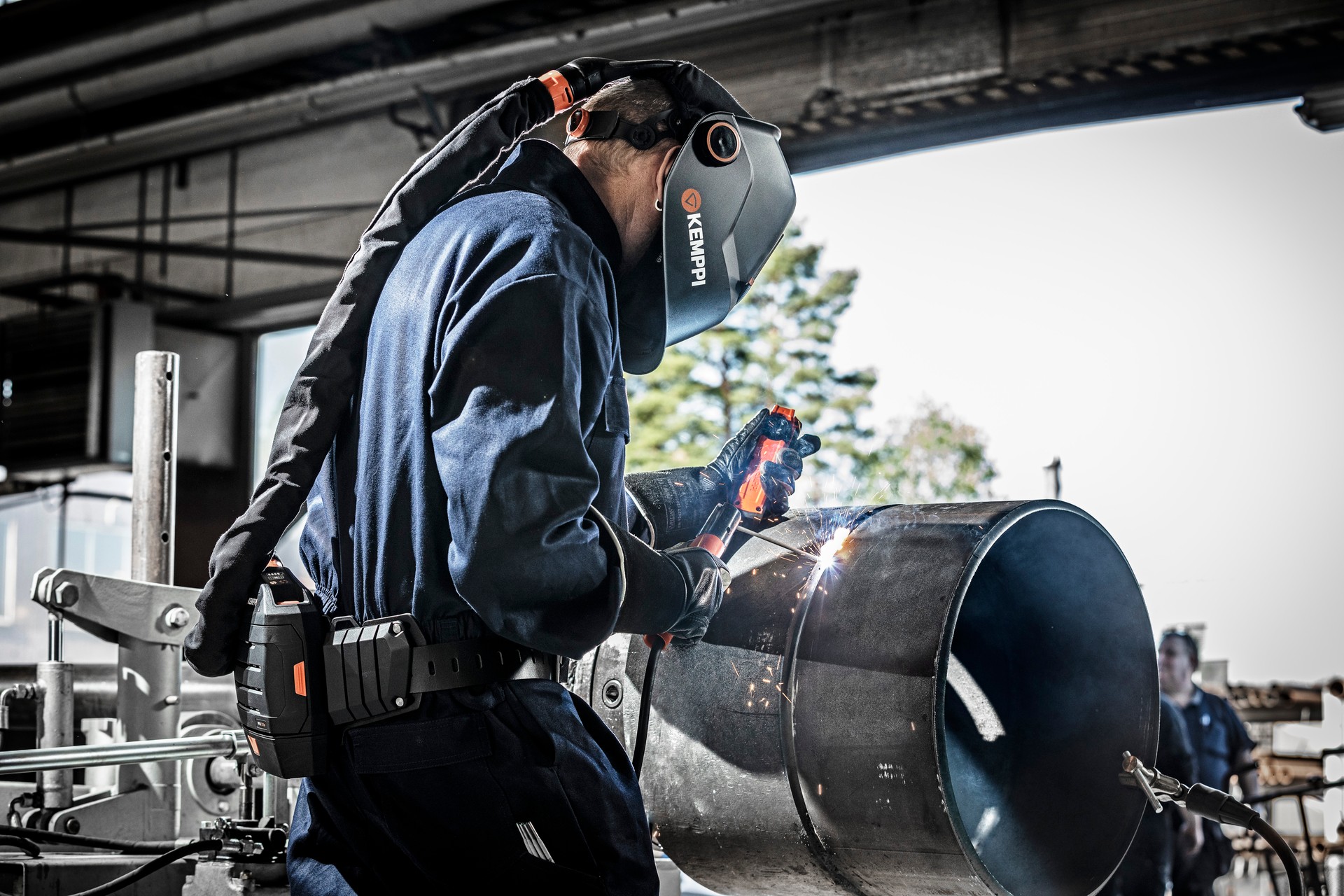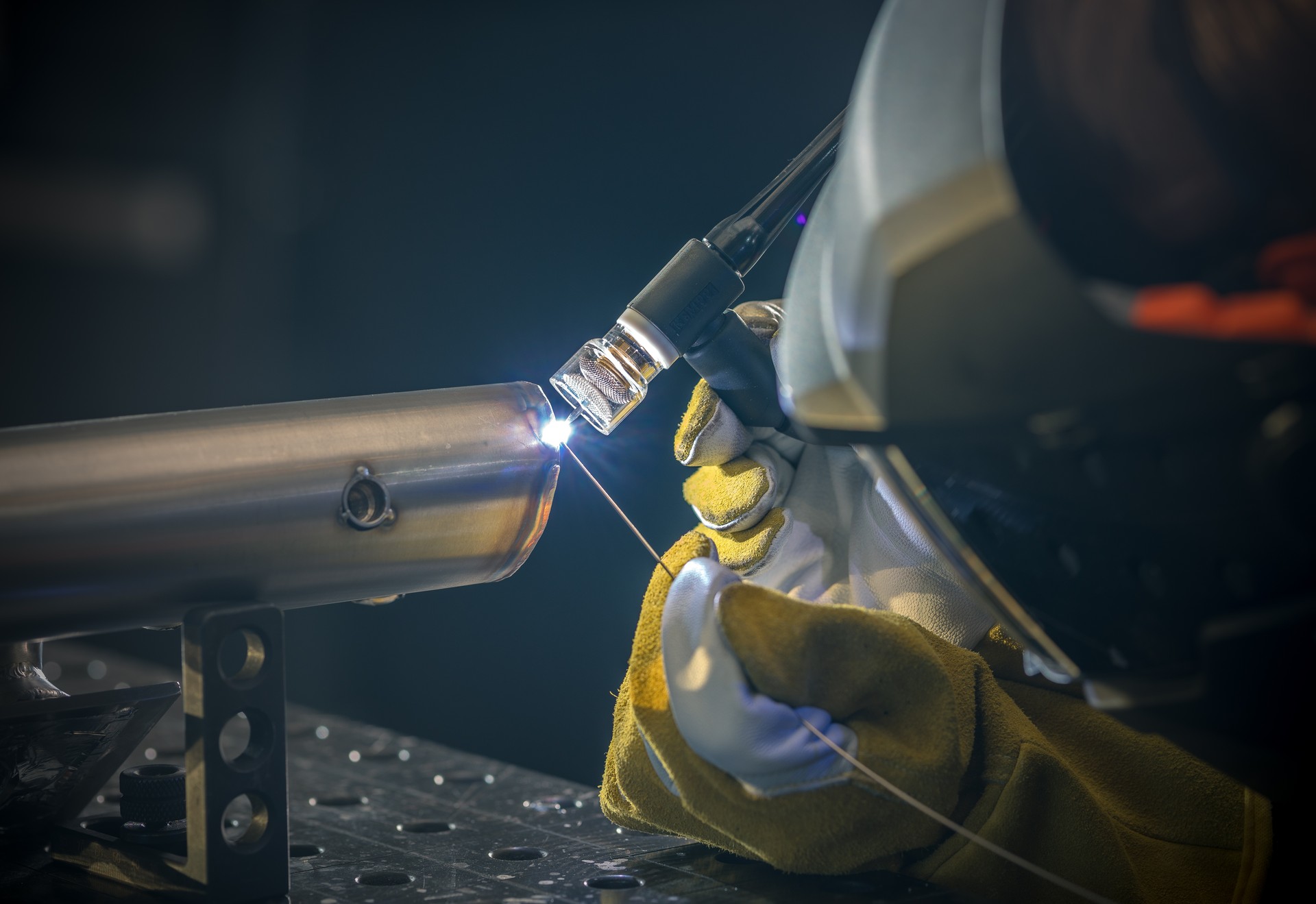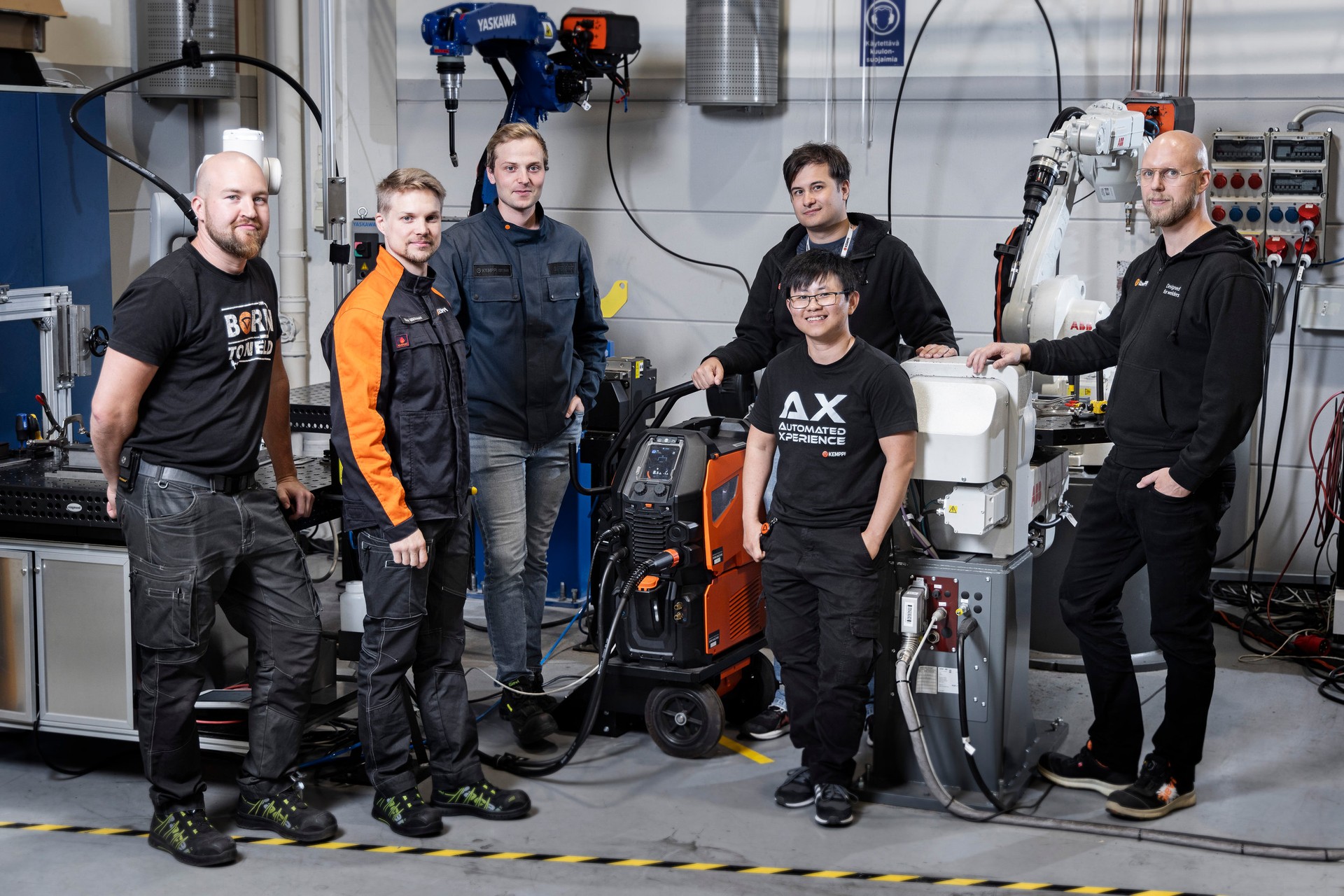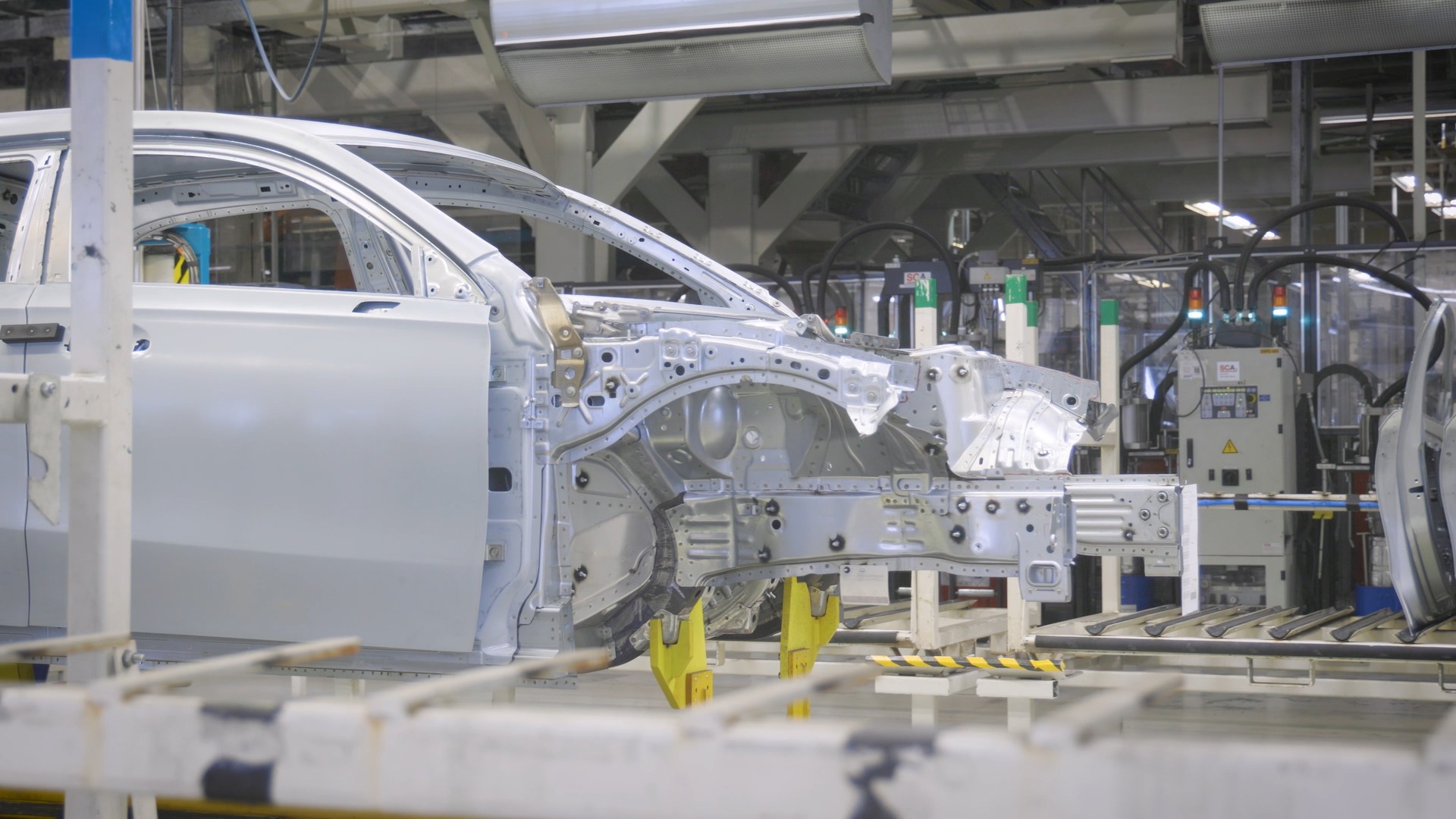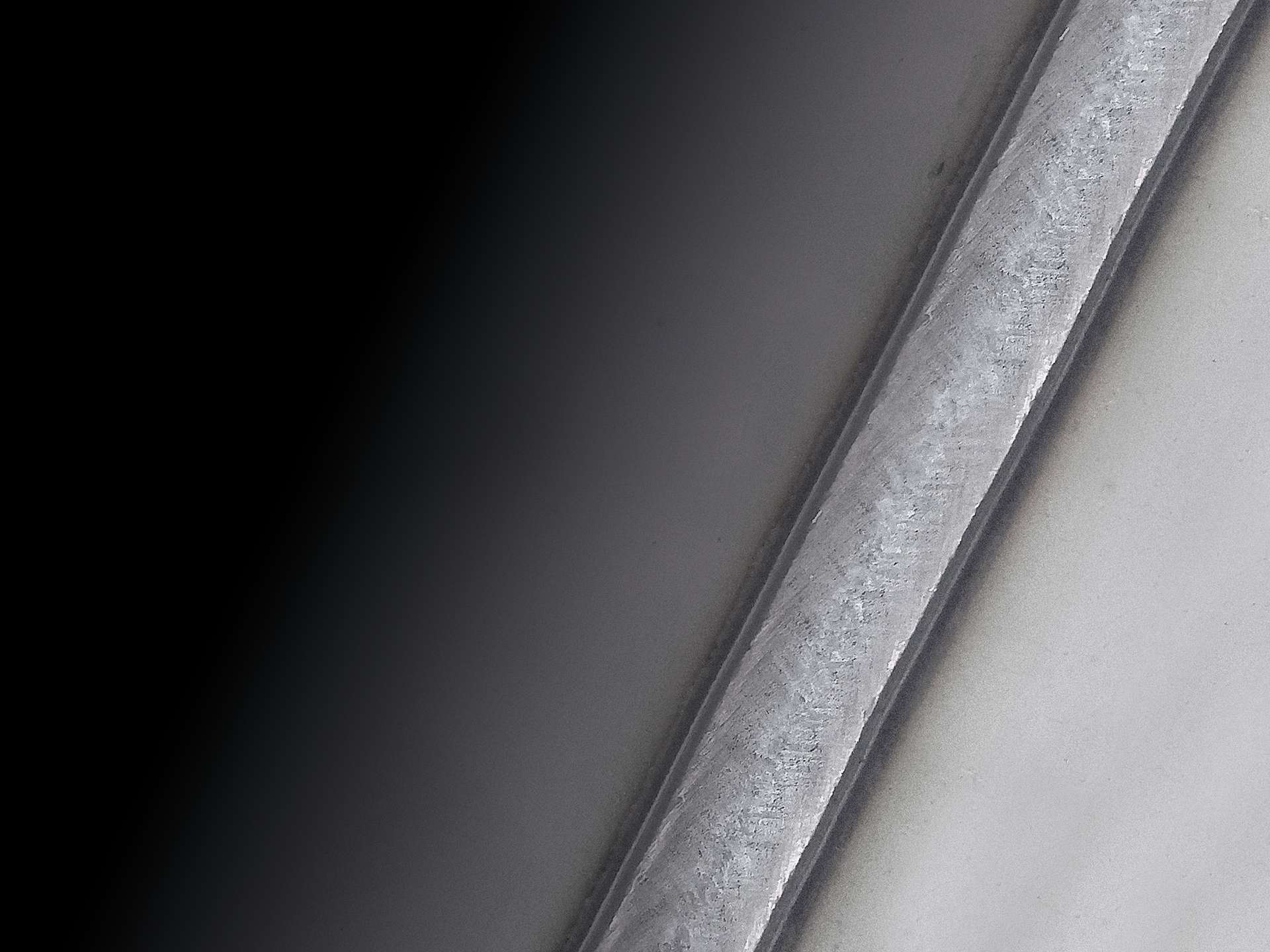
Welding ABC
Other welding methods
February 25, 2024
MIG brazing and laser, submerged, plasma, spot, friction, and explosion welding
Welding Value
LEARN MORE ABOUT OTHER WELDING METHODS
MIG BRAZING IS OFTEN USED IN THE AUTOMOBILE INDUSTRY
MIG brazing, or arc brazing, was introduced in the 1990s. It greatly resembles MIG/MAG welding. The greatest difference is in the filler material wires and the melting of basic material, as the basic material does not melt in MIG brazing.
The heat input in MIG brazing is considerably lower than in MIG/MAG welding, and therefore MIG brazing is particularly well suited for joining zinc-coated plates used in the automobile industry, for example. Owing to the low heat input, the plate does not bend and the zinc coating will not be damaged. Therefore, the automobile industry is showing great interest in MIG brazing. MIG brazing is also commonly used in car repair shops.
LASER WELDING PRODUCES PRECISE, NARROW WELDS
The principle of laser welding is simple: a laser beam created with carbon dioxide or NdYAG laser is targeted at the workpiece to weld the parts together. Shielding gas is used to prevent the oxygenation of the material being welded and to protect the optical parts of the welding machine.
The benefits of laser welding are high welding speed, a narrow weld seam, and a small temperature area, and therefore it is at its best when a small thermal impact is required.
Laser welding is precise. It allows for narrow welds and causes minimal changes to the welded items. On the other hand, it requires the precise fitting of the pieces being welded as well as the use of jigs, and therefore it is not economical for adjoining individual pieces.
IN SUBMERGED ARC WELDING THE ARC BURNS UNDERNEATH THE WELDING POWDER
Submerged arc welding is an arc welding method where the arc burns underneath the welding powder. The filler material is introduced with a separately fed welding wire or wire feeder. During welding, the welding powder on the welding seam melts on the surface of the weld and generates a protective slag layer. The welding powder can also contain metal powder, which will melt into the weld as filler material during welding.
Submerged arc welding is almost always implemented in at least a partly mechanized form, and therefore high productivity can be attained when doing long welds. Submerged arc welding is commonly used in medium-heavy and heavy machine industries and docks.
PLASMA ARC WELDING IS PARTICULARLY SUITABLE FOR MECHANIZED WELDING PROCESSES
Plasma arc welding is a gas arc welding process. Plasma refers to superheated gas at a temperature of 15,000–25,000 degrees centigrade (25,000–45,000 Fahrenheit) in which the arc burns surrounded by the shielding gas between a non-consumable tungsten electrode and the workpiece.
Usually, a filler material is used in plasma arc welding, introduced to the molten weld as wire. In powder plasma arc welding, the filler material is introduced to the molten weld with the shielding gas as metal powder.
The high energy density of plasma arc welding also enables an arc that completely penetrates the workpieces. Plasma arc welding is particularly suitable for mechanized welding processes and is used, for example, in welding stainless steel.
SPOT WELDING IS OFTEN USED IN SHEET METAL WORK
Spot welding is a resistor welding process where spots of the pieces being welded are heated with electricity near their melting point and then compressed against each other, welding the pieces together.
Spot welding is used in sheet metal work. The plates must be compressed against each other without an air gap. The penetration of the weld is adjusted with the spot welding time and welding current. Spot welding uses a specially crafted gas nozzle, which is pressed against the surface of the plate. The gas nozzle usually has small gaps from which the shielding gas can exhaust.
FRICTION WELDING USES FRICTION TO PRODUCE THE NEEDED HEAT
In friction welding, friction is used for producing the heat needed in welding. The joint surfaces are clamped together and rotated against each other. After heating to a soft state, the surfaces are firmly compressed against each other, thus welding them together. Friction welding is used in connecting axels and bars, for example.
EXPLOSION WELDING USES A CONTROLLED EXPLOSION TO FUSE METALS AT AN ATOMIC LEVEL
Explosion welding is a special welding method for connecting two different metal types together with a controlled explosion. The explosion is used to generate great pressure between the metal plates, which fuses the metals at an atomic level. The compound structure thus attained has extremely high quality and consistent metallurgical features.
Explosion welding is used in sites where two different metal types must be connected with a firm joint.

Welding Value
Welding Value is a corporate blog hosted by Kemppi Oy. Its main purpose is to evoke discussion on the transformation of modern welding, and bring you the latest stories from within the global welding industry told by true experts in their respective fields.

